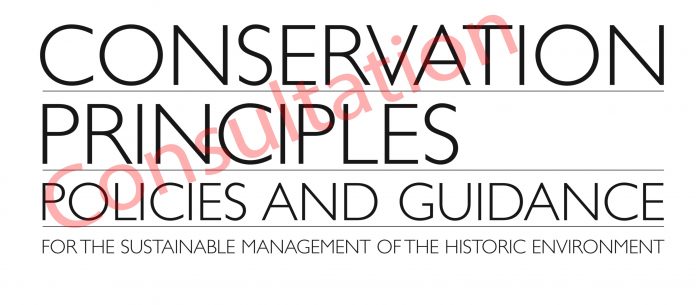Historic England’s ‘Conservation Principles, Policies and Practice’ is the flagship guidance document for decision making on all aspects of England’s historic environment. The document was launched in 2008 and is utilised by land and property owners, heritage professionals, and participants in the planning process. Last month, Historic England published a revised version of Conservation Principles which is currently open for consultation.
The new document is shorter and explicitly aims to align the guidance to the National Planning Policy Framework to provide consistency of operation of principles. The new document also revises a number of principles established by the original Conservation Principles, including making changes to the values-based approach, essentially removing the language of ‘evidential, historical, aesthetic and communal values’, which are now embedded and accepted good practice across the sector, favouring instead the language of ‘archaeological, architectural, artistic, and historic importance’ which is used in designation and planning legislation. A number of other changes are also made to core conservation principles and the level of detailed guidance is significantly reduced.
CIfA is asking for views rom its members on the revision in order to shape their response and would like to invite submissions to us which answer the following questions:
- Do you use Conservation Principles in the course of your work? If so, how?
- What do you like about the existing document?
- What would you like to see changed about the exiting document?
- How do you feel about the proposed changes to the document?
We would like to understand:
- To what extent do practitioners feel that the old Conservation Principles provides support for good practice. Is this improved or worsened in the revision?
- Do the new definitions make it easier or harder to make the case for recognising the value of heritage assets (particularly archaeological assets) and achieving positive management outcomes?
- Does the current lack of alignment with the language of the NPPF cause problems in practice?
- Accepting that greater clarity and alignment with planning policy is helpful, what else should the HE document do? Is this approach sufficient, or did Conservation Principles add something to the understanding of heritage?
Please send your comments to rob.lennox@archaeologists.net by Monday 22 January 2018.

